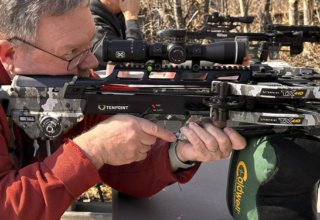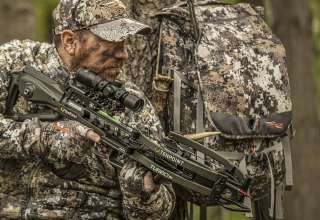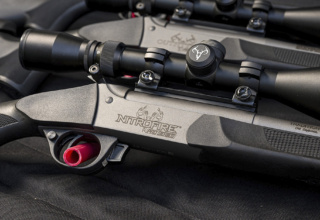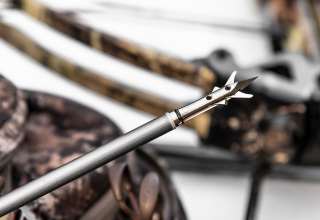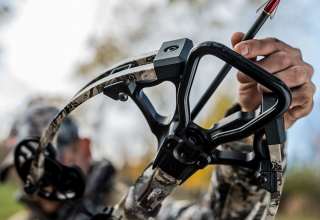I’ve got an impressive collection of crossbows hanging on display in my basement. They are a great reminder of the changes in technology in recent years. Many of the bows have wide limbs and gaudy looking wheels. The stocks are and look like they belong on a medieval weapon of some sort. The crossbow world has been changing so fast it is almost impossible to keep up with the trends and understand all the lingo.

With solid, split, or recurve limbs to choose from, crossbow enthusiasts will now need to learn more about reverse draws, reverse cams, and other technologies. And, shooting the newest crossbows should silence those who complain about crossbow noise.
 When I look at my newest crossbows the first thing that grabs my attention is the quality. Everything is well designed and engineered from the angle of the strings to the length of the limbs, triggers, and even the rails that provide the launching surface for your arrows have an updated look and feel. There are several models that have the reverse-draw technology, like the TenPoint Nitro RDX.
When I look at my newest crossbows the first thing that grabs my attention is the quality. Everything is well designed and engineered from the angle of the strings to the length of the limbs, triggers, and even the rails that provide the launching surface for your arrows have an updated look and feel. There are several models that have the reverse-draw technology, like the TenPoint Nitro RDX.
The Nitro RDX has a carbon stock, with adjustable cheek piece and butt plate. The three position options on the cheek piece ensure the shooter aligns with the scope. By removing a few screws, you can move the butt plate to adjust for individual length-of-pull. Being able to fit the crossbow to the shooter means more consistent groups downrange. Consistency in shooting comes from mounting, holding and squeezing the trigger the same for each shot, and if you are mounting the stock to the same place in your shoulder every time, you will see positive results.
It does not take long to discern the fact that reverse draw technology provides a greater power stroke giving you more power and arrow speed. The reverse draw bows also can be shot in tight quarters without fear of having your limbs contact a tree, blind, or stand. At first glance, it is hard to understand how the reverse limbs can shoot an arrow at higher speeds, but the technology does make a difference.
 The newest technological change for crossbows came out this year when TenPoint announced its Carbon Phantom RCX crossbow, where the cams on the limbs are reversed. By reversing the cams, you can increase the power stroke for the crossbow by creating a more acute angle between the limbs and the end of the rail. The longer the power stroke, the faster your arrow shoot.
The newest technological change for crossbows came out this year when TenPoint announced its Carbon Phantom RCX crossbow, where the cams on the limbs are reversed. By reversing the cams, you can increase the power stroke for the crossbow by creating a more acute angle between the limbs and the end of the rail. The longer the power stroke, the faster your arrow shoot.
TenPoint has done an excellent job of weighing benefits with the ease of use for the new bow and overall performance. Instead of getting caught up in the speed game, where you have to have the fastest bow on the market, TenPoint is coming out with bows that are easier to draw and use, while producing speeds to hunt any big game in North America effectively.
By reversing the cams on its bows, they increased the draw length, or power stroke, to produce an additional 30 fps in arrow speed. The new Carbon Phantom RCX shoots a blistering 385 fps and features a 16-inch power stroke. The bow is just shy of 14-inches wide when cocked, weighs 6.9 pounds and is 35.5-inches in length, making it appealing to stand, blind, and spot-and-stalk hunters. The Carbon Phantom RCX gets its name from the carbon fiber riser, which provides strength while keeping the bow lightweight. In TenPoint fashion, the stock is molded polypropylene, complete with cheek and butt plates. It features anti-dry fire technology and comes as a package with a cocking mechanism, scope, arrows, quiver, and noise reducing components.
I can’t wait to get into the deer woods to put the newest crossbow to the ultimate test—a big whitetail buck.


